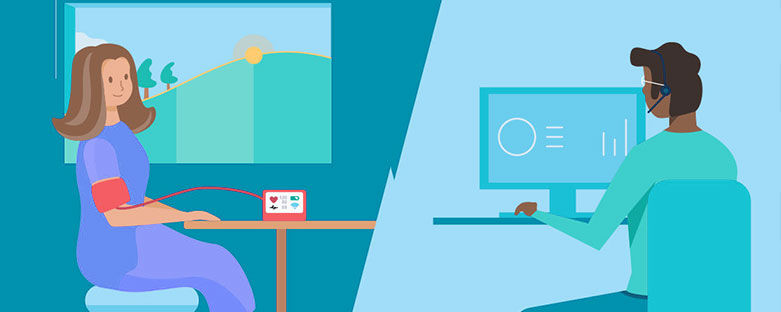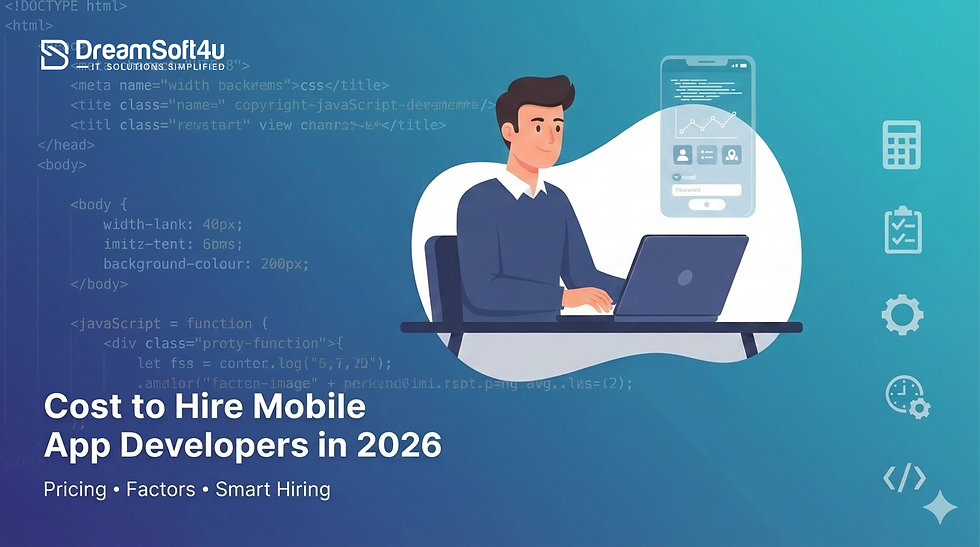What is Remote Patient Monitoring and How does it work?
- ds4useodigital
- Dec 20, 2022
- 2 min read
Remote monitoring of patients helps health care providers to capture and track a range of health data including weight, movement, blood pressure, heart rate, vital signs, and much more. After collecting the data, it is sent to the health care provider who can track their patients remotely 24/7. RPMS uses digital technology to gather medical and other types of health data. Here we will discuss What is Remote Patient Monitoring and how does it work and what it are benefits in healthcare.
What is remote patient monitoring (RPM)?
Remote patient monitoring is a method of managing acute or chronic conditions via RPM technology while securely collecting and exchanging patient data.
RPM enables you to monitor patients in their own homes, at work, in transit, or even on vacation, using monitoring devices like:
Glucose meters for diabetes management
Heart rate monitors to manage congestive heart failure
Blood pressure cuffs to measure blood pressure
Oximeters to measure blood oxygen levels
Continuous dementia surveillance monitors
Calorie logging programs
Exercise logging programs
How Does Remote Patient Monitoring Work?
Many people believe that remote patient monitoring uses digital technology that allows healthcare professionals to collect medical and other forms of health data from individuals who are being watched from the comfort of their own homes and securely transit the information to 89% of healthcare providers sitting in a different location for assessment and recommendations electronically in an electronic form.
Remote Patient Monitoring helps to track patients’ healthcare data. These steps make you know How Does Remote Patient Monitoring Work?
#Step 1: Collection
The process starts with activating the patient monitor, once it is activated information is collected and put together into internal systems, then it is structured for transmission to the patient’s healthcare physician.
#Step 2: Transmission:
We have seen a drastic evolution in the technology used for communication within the last several years. In fact, current remote patient monitors can transmit data more precisely and efficiently and analyze real-time data to detect irregular readings faster and more accurately.
With the help of the latest technology such as the internet, phone, text, or other forms of communication, the information gathered is then conveyed to the healthcare facility.
#Step 3: Evaluation:
After transmission of data, internal algorithmic software and healthcare software development professionals will observe the data and specify any areas of concern. Information concerning these will be sent back to the patient or the patient’s healthcare team.
#Step 4: Notification:
The best thing about remote health patient monitoring is that whenever the physician finds a discontinuity in the data that needs immediate attention, alerts will be directed to elect emergency responders.
#Step 5: Action:
After an alert has been sent to emergency responders and emergency medical team will contact and make available immediate assistance to the patient. They will also explain the cause and provide ways to prevent another similar incident in the future.
Benefits of Remote Patient Monitoring
1. Saves Money
2. Makes Healthcare Accessible
3. Makes Healthcare Efficient
4. Makes Healthcare Consumer-Centric
Visit original source :









Comments